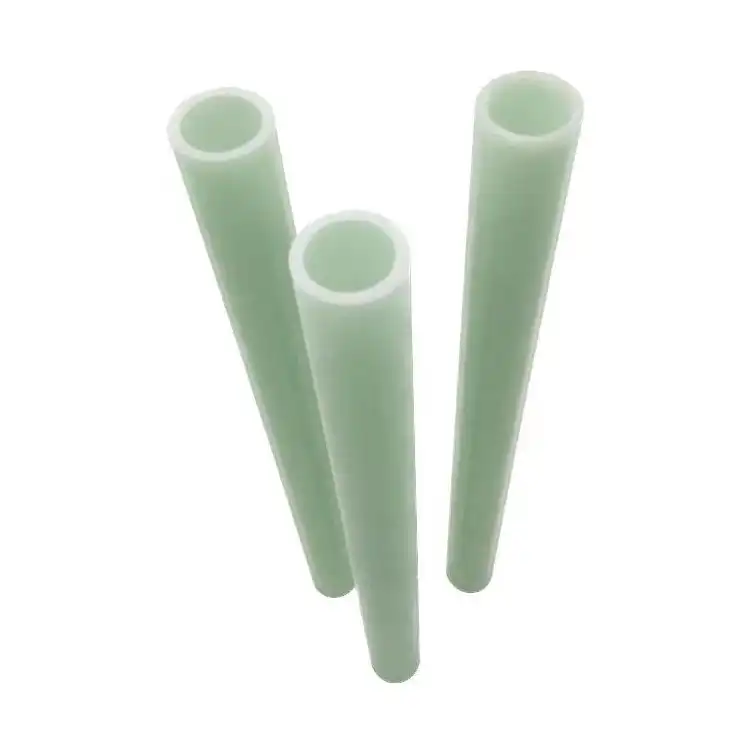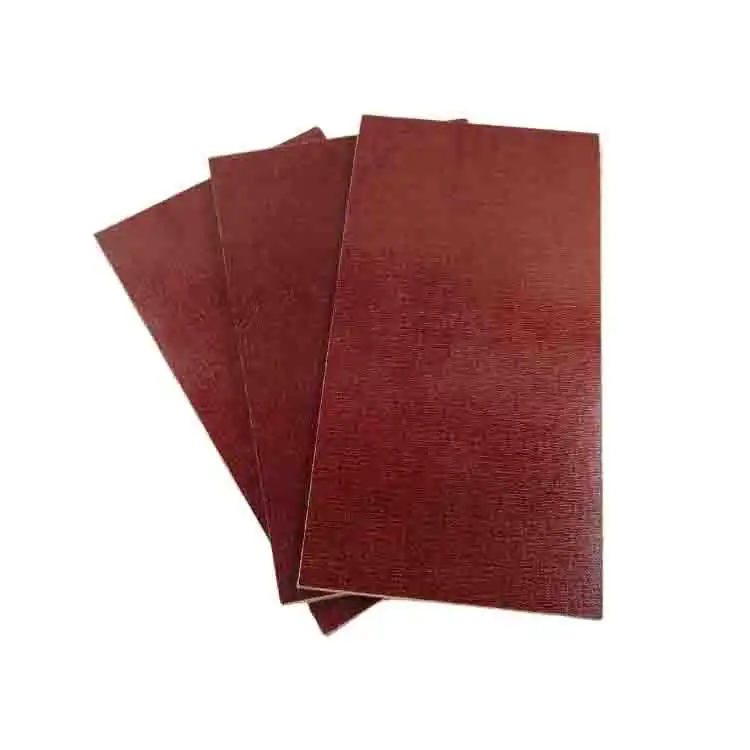Polishing and Finishing for Resin River Tables (Essential techniques for resin river table polishing)
2023-10-31
First Step:
To make the wood board smoother, we need to process the surface of the wood board and make it flat.
For the resin river table, the polishing and finishing process is similar to conventional methods. It involves progressively sanding from coarse to fine.
Second Step:
During the sanding process, we need to use sandpaper ranging from 150 to 2000 grit. After sanding with 150 grit sandpaper, use 240 grit sandpaper to remove the scratches left by the 150 grit sandpaper. The goal is to minimize the scratches on the surface of the resin. Once this is done, you can move on to polishing to achieve a high-gloss finish. (The specific grit numbers may vary depending on the material. Generally, sanding up to 150-2000 grit is sufficient before waxing or oiling.)
Third Step:
After carefully sanding the epoxy resin table, you can use polishing compounds for further refinement. It is recommended to use both coarse and fine wax for better results. Then, use a clean cloth to remove any remaining polish residues. Before the final polishing step, it is important to seal the wooden parts. You can use tung oil, commonly used for wood treatment, and apply it evenly on the wooden parts with a cloth. Allow the tung oil to fully dry on the wood. This step is crucial as the wooden parts do not have additional protection, and any polish residues can be difficult to remove.
Fourth Step:
Finally, proceed with the final polishing. Apply a white polishing compound evenly on the resin areas of the table and polish it thoroughly to achieve the best shine. Then, use a clean polishing cloth to remove any remaining polishing compound. The polishing process is now complete.

Resin River Table Polishing Tips
The best tools for epoxy sanding:
Sanding machine
Soft polishing pad
Protective pad
Dust mask
HEPA vacuum
120 grit sandpaper
150 grit sandpaper
180 grit sandpaper
220 grit sandpaper
320 grit sandpaper
400 grit sandpaper
When polishing or sanding epoxy resin, the tools used are crucial. Using high-quality tools not only helps achieve professional results but also prevents inhaling resin dust.
Epoxy Resin Polishing Techniques
Some of these techniques will help you polish epoxy resin more effectively, while others will prevent mistakes.
Technique 1: Separate epoxy resin polishing
It is recommended to separate epoxy resin from wood when sanding, as the two materials require different sanding techniques and different sandpaper sequences. This technique helps prevent resin dust from embedding (also known as "burns") into the wood.
Technique 2: Keep sandpaper clean
Sanding generates heat, causing resin dust to accumulate on the sandpaper. If not removed from the sandpaper, this resin buildup will stay between the sandpaper and the epoxy resin surface. This can result in sanding swirls, tails, and sandpaper aging on the surface. It is recommended to use an air compressor to remove resin dust from the sandpaper.
Technique 3: Use the right sanding tool
As previously mentioned, quality tools are essential when sanding epoxy resin. More specifically, using the right tool makes the process easier, produces good results, and increases safety.
1. High-quality sanding machine:
It is recommended to choose a dual-mode variable-speed sanding machine with a dust collection port, and to use the rotary mode to polish the resin rather than the random orbit mode to polish the epoxy resin. Using the random orbit mode can create swirl marks and lead to inconsistent results, which is not ideal for polishing the resin.
2. High-quality sandpaper:
The sandpaper used is just as important as the sanding machine. In most cases, Festool Granat NET sandpaper is used when sanding epoxy resin, as this type of sandpaper is conducive to dust collection and lasts a long time. Epoxy resin is a hard surface that quickly wears out sandpaper, so it is important to clean the resin dust off the sandpaper frequently. Additionally, resin dust is similar to slate dust and inhaling these particles is not good, so having a dust collector is necessary and wearing a dust mask during sanding is recommended. Health is more important than anything else.
Technique 4: Sanding grit sequence and direction:
When sanding epoxy resin, the order and direction of sanding are very important. Generally, start by sanding the epoxy resin with 120-grit sandpaper, followed by sandpaper in the sequence of 150, 180, 220, 320, and higher. Begin sanding from a short distance area, using each sandpaper in a vertical manner. Then move on to sanding the epoxy resin from a long distance area, using each sandpaper in a horizontal manner.
Technique 5: Controlling the gloss of epoxy resin:
When you want to better control the level of gloss, you can use polishing oil on the epoxy surface after sanding. You can use tung oil or wood wax oil depending on your own situation. Most people do not like high gloss finishes, even on epoxy resin; they prefer a flat/matte appearance as it appears more natural. The final sandpaper sequence can control the gloss of the epoxy resin surface.
220 to 320 = flat/matte
400 to 600 = satin
800 to 1000 = semi-gloss
1200 and above = gloss







